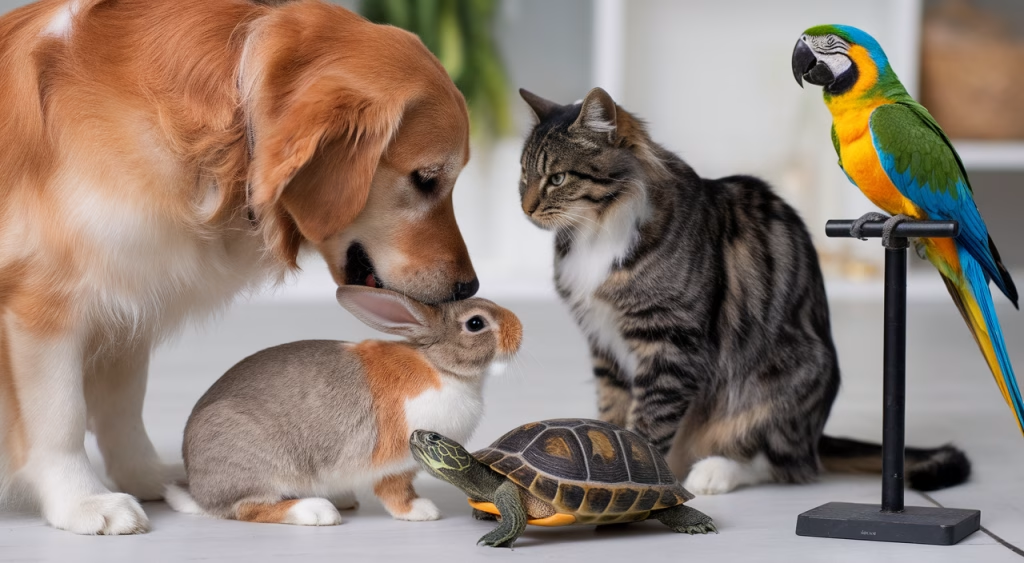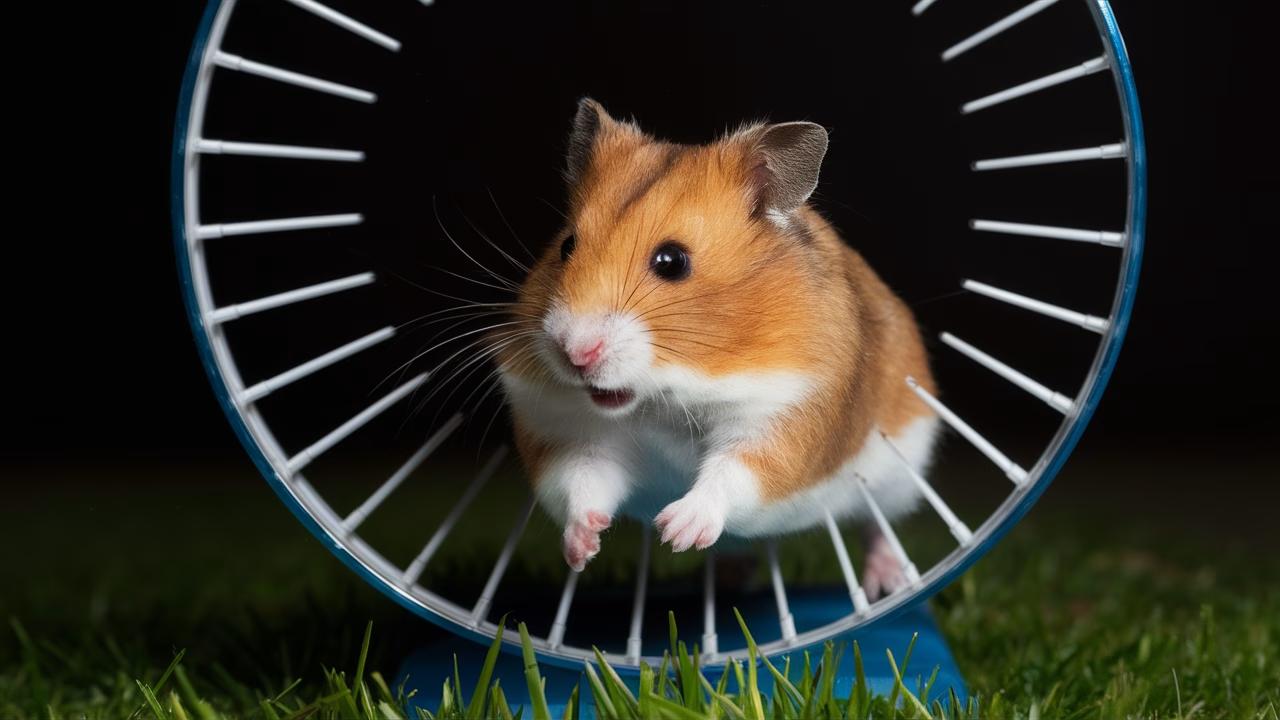What Should You Expect When Starting Pet Ownership?
Bringing a pet into your life promises unconditional love, laughter, and companionship. But it also comes with chewed cables, midnight wake-up calls, and unexpected expenses. The journey of pet ownership is equal parts wonderful and wild.
- TL;DR:
- Pet ownership is a rewarding commitment—but it’s not all cuddles and cute Instagram posts.
- Cat behavior: Snoozy but chaotic. Expect midnight zoomies, furniture domination, and selective hearing.
- Dog behavior: Loyal but hilarious. Prepare for over-the-top greetings, mailman hatred, and bed-hogging.
- Bird ownership: A lifelong commitment. Intelligent, noisy, and wildly entertaining.
- Fish behavior: Looks simple, but some species need more care than you think.
- Hamster habits and rabbit care: Nocturnal, curious, and escape artists extraordinaire.
- Pet expenses: Vet bills, food, toys, and accidents add up fast. Have a budget plan.
- Understanding your pet’s behavior is the key to a smoother, happier relationship.
Understanding Cat Behavior: Why Your Feline Rules the House
Why Is My Cat Ignoring Its Fancy Bed?
Ever wonder why your cat insists on sleeping on your keyboard instead of the plush $60 cat bed you bookmarked for weeks? Welcome to the enigma of cat behavior. Cats operate on a rulebook that only they can read, and understanding your pet’s behavior starts with accepting their mysterious ways. While they spend 70% of their lives asleep, it’s usually in the most inconvenient spot—typically the exact one you need most.
Let’s break down common cat behavior patterns:
| Behavior | Possible Reason |
|---|---|
| Sleeping on laptops/keyboard | Warmth and your scent draw them in |
| Ignoring their name | Selective attention (they hear you—they’re just busy ignoring) |
| Zoomies at 2 AM | Natural hunting instincts erupt when the world is quiet |
Understanding cat behavior means realizing that affection can be subtle. A headbutt, a slow blink, or sitting next to you—all signs of love. And if your cat brings you a dead insect? It means you’re family. You’re welcome.
How Do Crabs Communicate? The Fascinating Science of Claw Waving, Drumming & Seismic Signals
Dog Behavior Demystified: Your Loyal Companion’s Mind
“Why does my 70-lb golden retriever think it’s a lap dog?” you ask. Because, to your dog, love means closeness—and if that means sitting directly on your chest, so be it. Dog behavior reveals creatures that are loyal, emotional, and enthusiastically clueless in the best ways.
Here’s what dog behavior often teaches us about understanding your pet’s behavior:
- They treat the mailman like an arch-nemesis but invite random guests like it’s a party.
- They’ll learn fancy tricks—but garbage eating? Still a mystery.
- They absorb your routines and mirror your moods perfectly.
Training is key here. One of the best ways to train your new pet is consistency and positive reinforcement. Reward good behavior, ignore mild bad behavior, and create boundaries early on. And don’t be surprised if you find yourself negotiating bedtime with a furry toddler who doesn’t understand “no,” but gives the best tail-wagging apologies.
Bird Ownership: What You Need to Know About Feathered Friends
Thinking about bringing home a parrot? That’s not a pet—it’s a lifelong roommate with wings. Parrots like African greys and macaws can live upward of 50 years. That’s half a century of mimicking ringing phones, sassy comebacks, and yes—profanity you wish they hadn’t learned.
Fun realities of bird ownership and understanding your pet’s behavior:
- Loud as toddlers. Birds vocalize needs, playfulness, and anything that gets a reaction.
- Feathered geniuses. Some learn hundreds of words, build associations, and recognize patterns.
- Mess makers. Food, feathers, and droppings will be part of your decor.
Bird ownership includes daily mental stimulation, a large cage (bigger than you think), and a varied diet—not just seeds. If you’re ready for a noisy, emotional, hilarious member of the family, a parrot may be just right.
Insights into Fish Behavior: More Complex Than You Think
“A fish is simple”—said no responsible fish owner ever. Behind that tranquil aquarium lies a whole world of fish behavior worth understanding. Take Betta fish, for instance. Beautiful yet territorial, they’ll flair at mirrors, chase reflections, and stage full-blown aquatic tantrums.
Goldfish? They don’t have 3-second memories. Studies show they can retain memories for months—like that one time you forgot to feed them. Fish behavior is far more sophisticated than most people realize.
To keep fish behavior healthy and natural:
- Choose the right tank size. Overcrowding causes stress and behavioral issues.
- Understand species interactions. Some fish personalities don’t mix.
- Keep water clean and temperatures monitored for optimal behavior.
Even small tanks require regular maintenance, thoughtful decoration, and proper lighting. You’ll be surprised how interactive fish become when they feel safe and stimulated in their environment.
The Quirky Habits of Hamsters and Rabbits
What Makes Small Pets So Surprisingly High-Maintenance?
Let’s talk small but mighty creatures. Hamsters and rabbits might take up less space than a dog, but they don’t skimp on personality—or destruction. One of the most fascinating hamster habits happens at night when understanding your pet’s behavior becomes crucial. These fuzzy fitness buffs run miles on a wheel… right when you’re trying to sleep.
Meanwhile, your sweet bunny has a designer’s eye… for destruction. Rabbit care involves managing their natural chewing instincts on furniture, cables, walls—it’s all art to them.
Essential tips for rabbit care and healthy hamster habits:
- Hamsters: Provide a solid wheel, plenty of chew toys, and escape-proof enclosures for safety.
- Rabbits: Bunny-proof your home thoroughly and give ample space to hop and explore safely.
They may not bark or squawk, but these compact companions have behaviors that require just as much observation and understanding as bigger pets.
Managing Pet Expenses Effectively: Budgeting for Your Furry Family
The fun and fuzz come at a price that many new pet owners underestimate. Managing pet expenses effectively starts before you bring your companion home. Vet visits, food, toys, grooming, and unexpected emergencies add up fast. Behind every Instagram post is a receipt.
| Pet Type | Monthly Average Cost |
|---|---|
| Dog | $100–$250 |
| Cat | $75–$150 |
| Bird | $50–$120 |
| Fish | $30–$75 |
| Hamster | $25–$50 |
| Rabbit | $40–$100 |
Here’s how to budget smartly for pet expenses:
- Create a dedicated pet emergency fund for unexpected costs.
- Use preventative care to avoid expensive treatments later.
- DIY toys and enrichment ideas can significantly cut down on monthly costs.
Remember, pets don’t care if their bed matches the couch; they care that it smells like you. Fancy isn’t necessary—consistency and care are what matter most for understanding your pet’s behavior.
FAQs
- 1. How do I choose the right pet for my lifestyle?
Consider time availability, budget, living space, and energy level. Research behaviors and care needs thoroughly before deciding. - 2. What’s the best way to train a new pet?
Consistency, positive reinforcement, and patience. Start training from day one using basic commands or routines. - 3. How much should I expect to spend monthly on pet care?
Costs vary by species, but expect $50–$250 monthly depending on your pet’s needs. - 4. Why is my pet acting out?
Boredom, lack of stimulation, or health issues. Rule out medical concerns, then enrich their environment. - 5. Are birds really that noisy?
Yes—and joyfully so. Their emotional range comes with chatter, song, or mimicry. Noise varies by species. - 6. What’s a common mistake new pet owners make?
Underestimating time commitment and cost. Always over-prepare. - 7. How can I balance pet ownership responsibilities?
Make a schedule for feeding, play, vet care, and rest. Share tasks if possible; pets thrive on routines.





